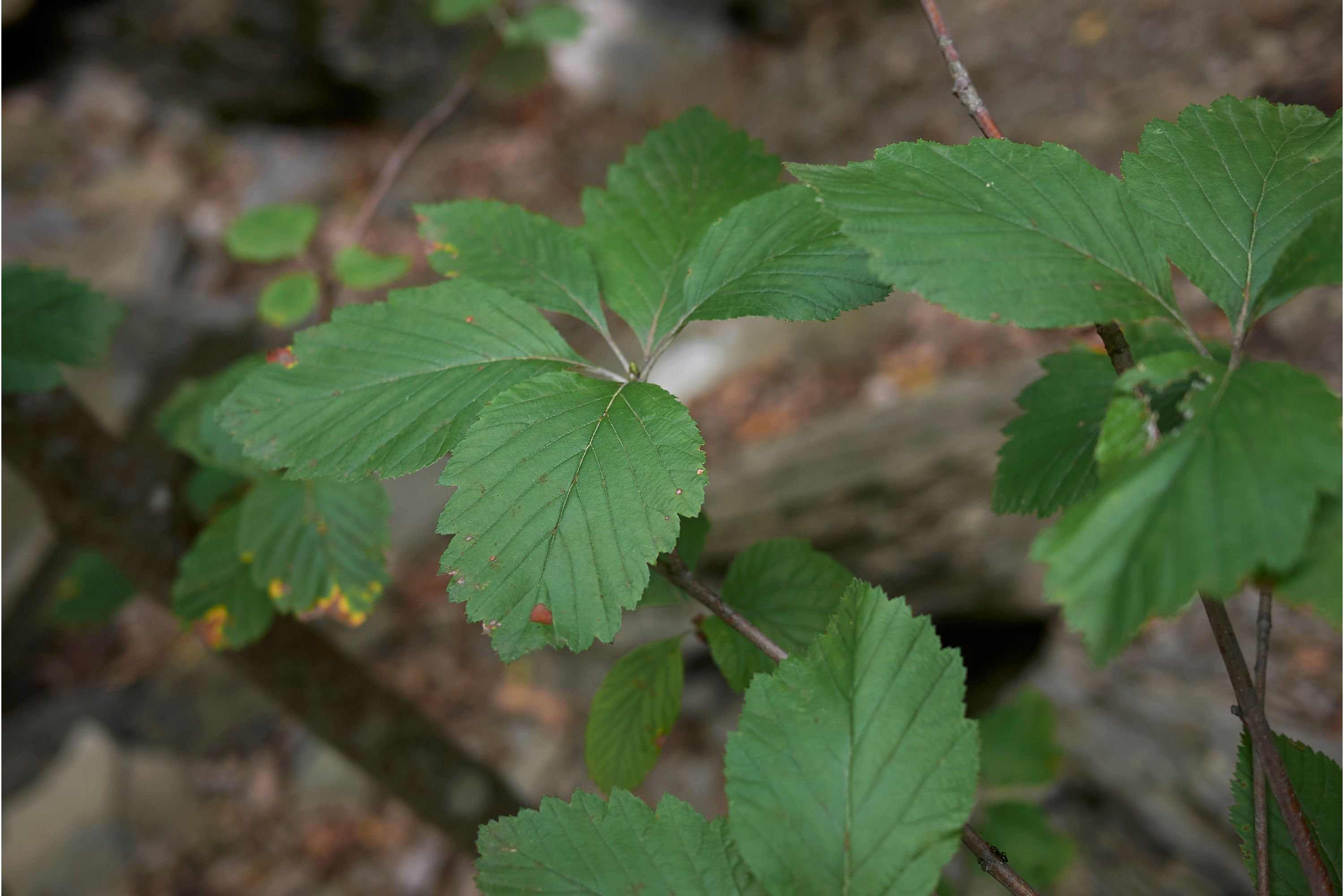Sorbus aria
(Sorbus aria)

Description
Sorbus aria (Syn. Aria nivea), the whitebeam or common whitebeam, is a deciduous tree, the type species of the subgenus Sorbus subg. Aria of the genus Sorbus. It is native to most of Europe as well as North Africa (Algeria, Morocco, Tunisia) and temperate Asia (Armenia, Georgia). Typically compact and domed, with few upswept branches and almost-white underside of the leaves, it generally favours dry limestone and chalk soils. The hermaphrodite cream-white flowers appear in May, are insect pollinated, and go on to produce scarlet berries, which are often eaten by birds. The cultivars S. aria 'Lutescens', with very whitish-green early leaves, and S. aria 'Majestica', with large leaves, have both have gained the Royal Horticultural Society's Award of Garden Merit. Sorbus is a genus of over 100 species of trees and shrubs in the rose family, Rosaceae. Species of Sorbus are commonly known as whitebeam, rowan (mountain-ash) and service tree. The exact number of species is disputed depending on the circumscription of the genus, and also due to the number of apomictic microspecies, which some treat as distinct species, but others group in a smaller number of variable species. Recent treatments classify Sorbus in a narrower sense to include only the pinnate leaved species of subgenus Sorbus, raising several of the other subgenera to generic rank. Sorbus is not closely related to the true ash trees which belong to the genus Fraxinus, although the leaves are superficially similar.
Taxonomic tree:







